How Many Countries Are There In Europe: 40,46, 48 or 51?
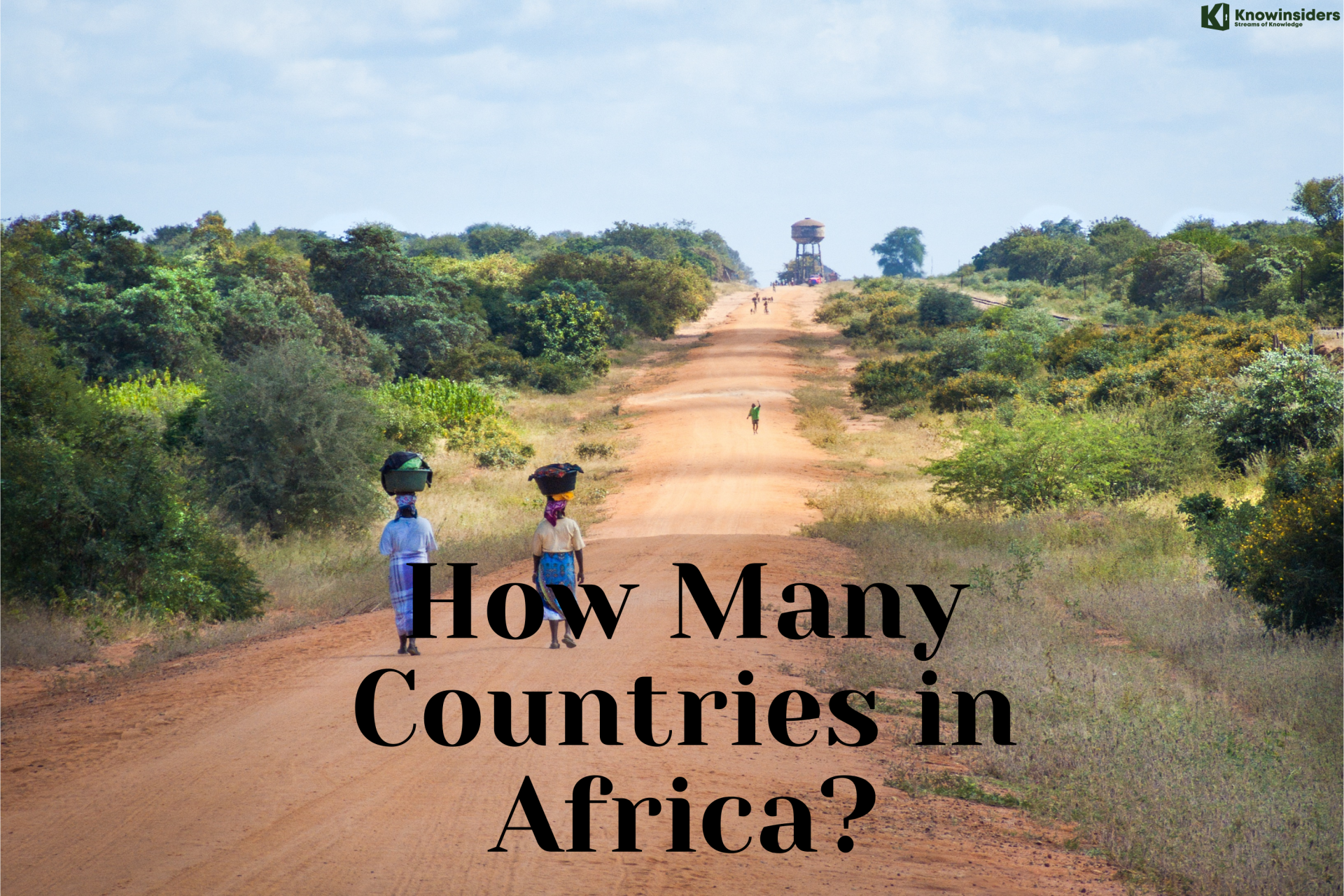 How Many Countries Are There in Africa: Facts, Figures and Population How Many Countries Are There in Africa: Facts, Figures and Population |
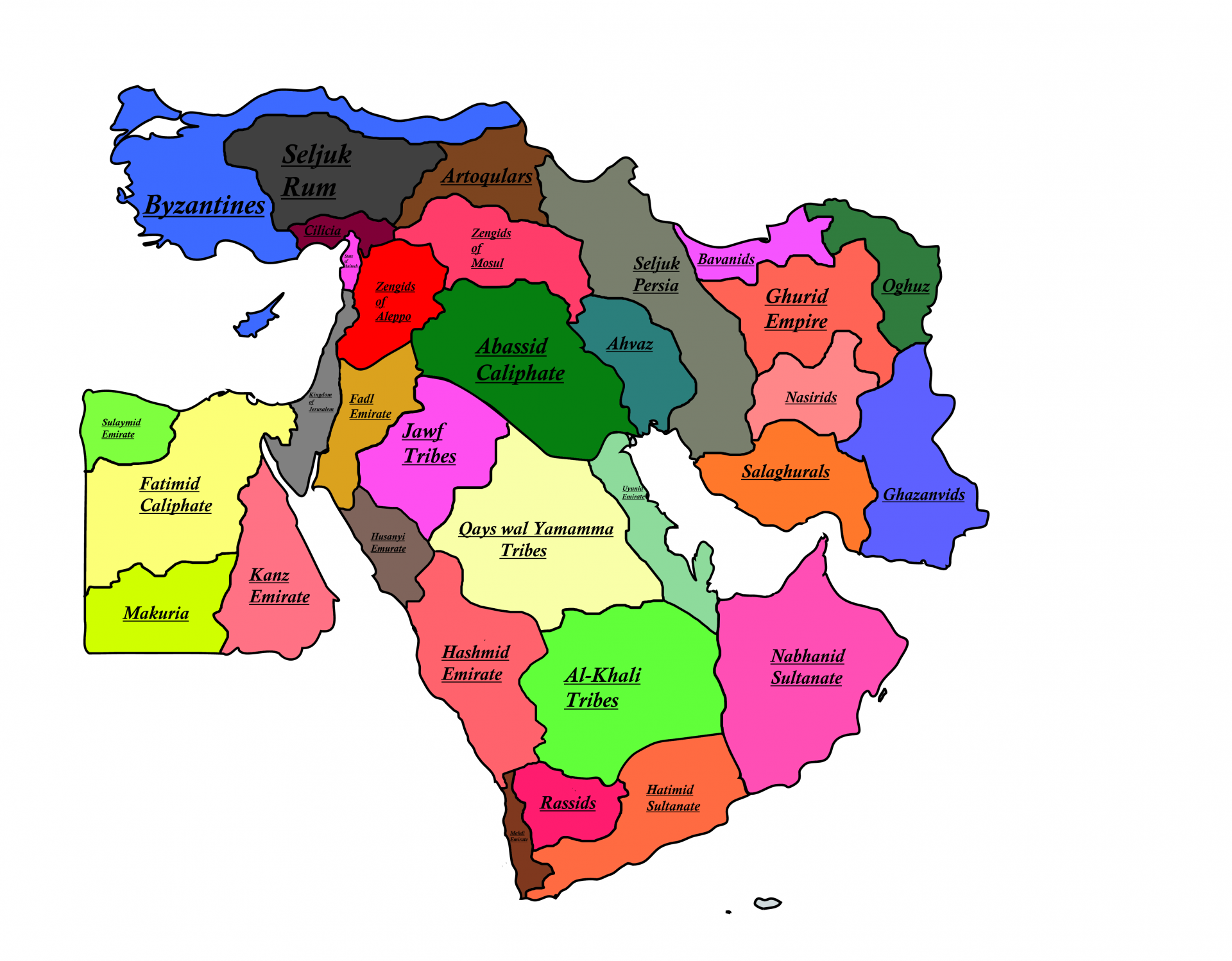 How Many Countries Are There In The Middle East Today: Facts, Figures and Population How Many Countries Are There In The Middle East Today: Facts, Figures and Population |
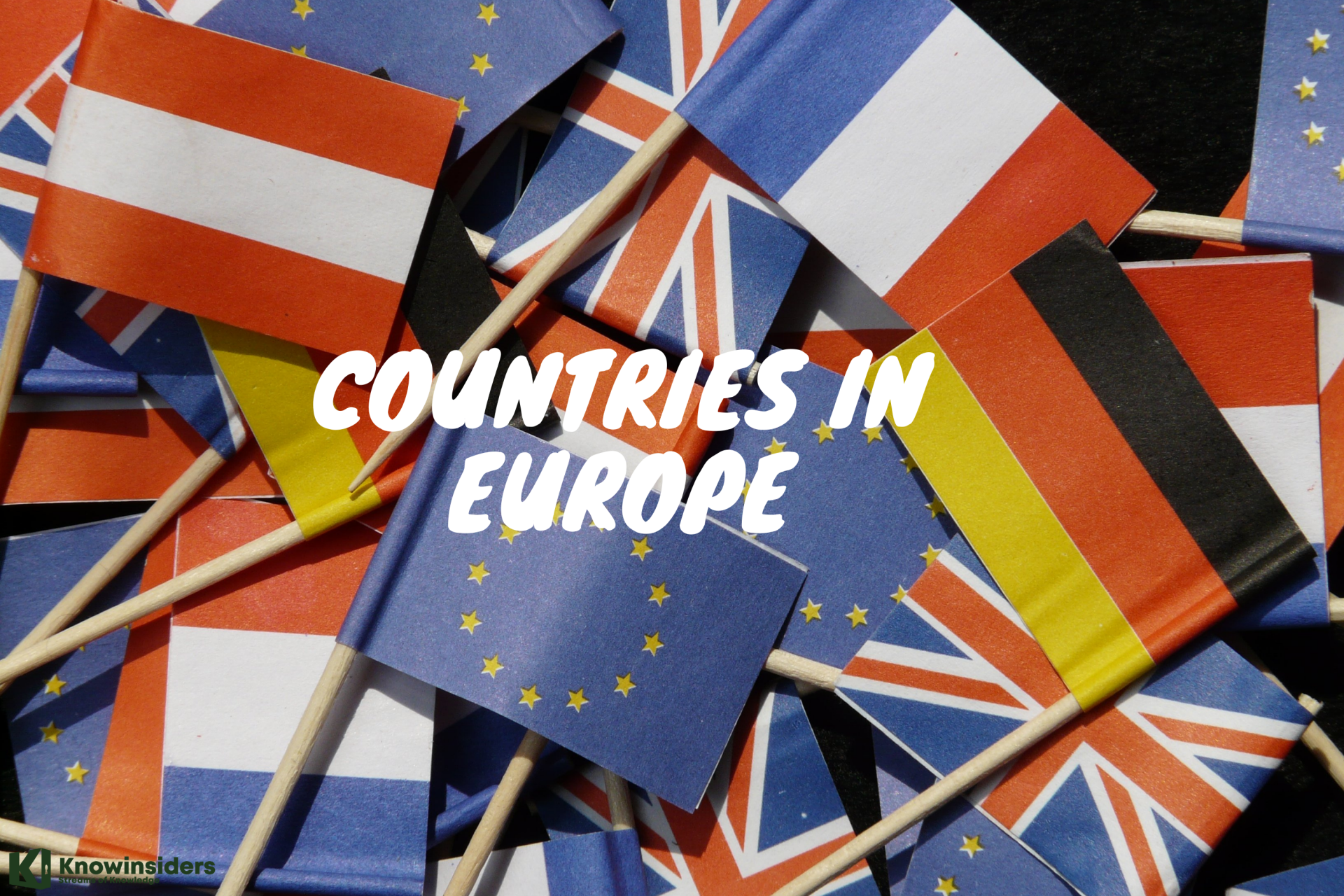 |
| Europe is the 6th largest continent. Photo: KnowInsiders |
| Contents |
Facts About Europe and How Many Countries In Continent
With a total area of 4,000,000 square miles (10,360,000 square kilometers), including nearby islands (est. population, 512,000,000), Europe is the sixth-largest continent. In reality, it is a sizable peninsula of the vast Eurasian landmass.
By custom, it is divided from Asia by the Caucasus and the Caspian Sea in the southeast, the Black Sea, the Bosporus, the Sea of Marmara, and the Dardanelles in the south. In the east, it is divided from Asia by the Urals and the Ural River.
It is separated from Africa by the Mediterranean Sea and the Strait of Gibraltar. Europe is bordered by the Atlantic Ocean, which connects to the North Sea and the Baltic Sea, and the Arctic Ocean in its north and west, respectively.
The vast Alpine mountain range crosses the continent from west to east, with the Pyrenees, Alps, Carpathians, Balkans, and Caucasus serving as its principal links. The highest mountains are Mont Blanc (15,771 ft/4,807 m) in the Alps and Mount Elbrus (18,481 ft/5,633 m) in the Caucasus. The Caspian Sea's surface is 92 feet/28 meters below sea level, making it the lowest point in Europe. The Central European Uplands are encircled by the vast European plain, which stretches from the Atlantic coast of France to the Urals, and are situated between the mountainous Scandinavian peninsula in the north and the Alpine chain in the south.
According to World Atlas, there are a total of 44 countries in Europe.
Nine nations make up Western Europe, ten comprise Eastern Europe, fifteen comprise Southern Europe, and ten comprise Northern Europe, according to the UN Geoscheme for Europe. This excludes transcontinental nations, which have territory in both Europe and Asia but have a preponderance of their populations residing in Asia as opposed to Europe.
Check out Flags of European Countries
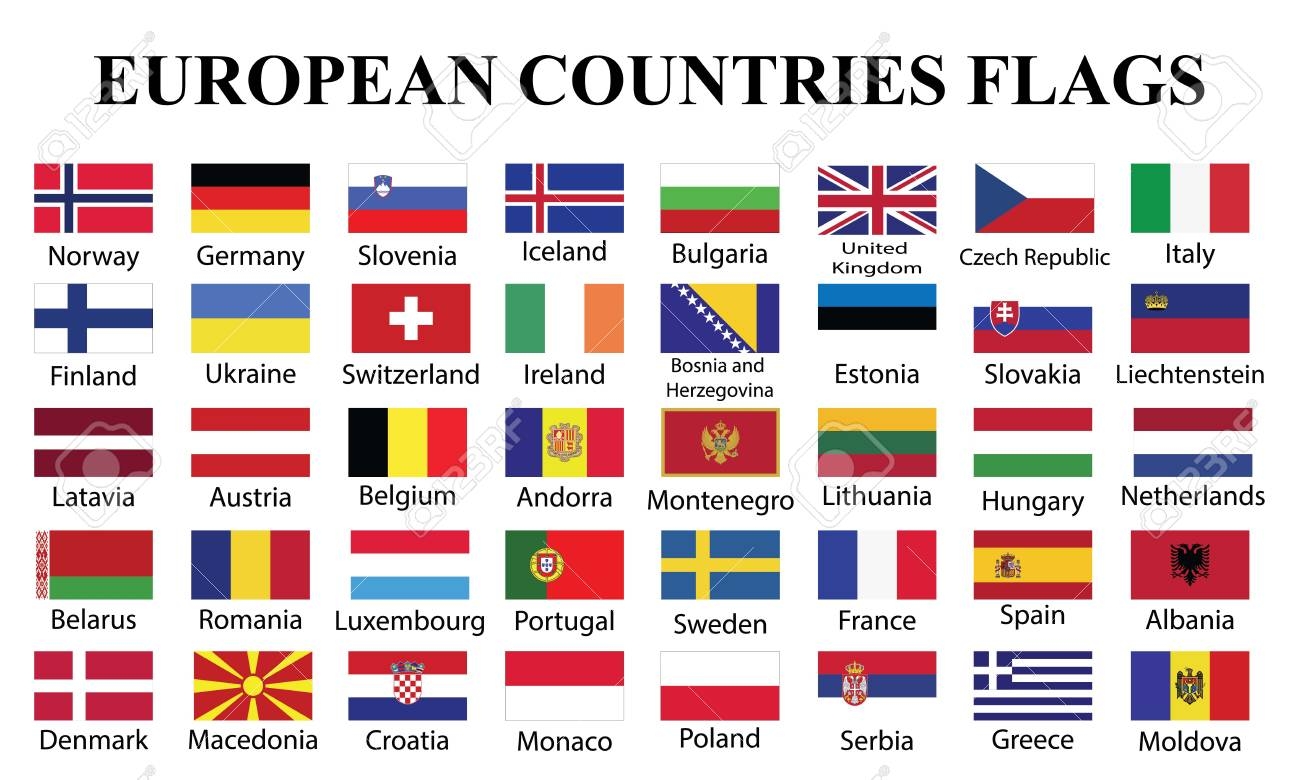 |
| Photo 123rf |
The Full List of Countries Of Europe with Population and sq.Km
| Rank | Country | Estimated Population | (sq. Km) |
|---|---|---|---|
| 1 | Russia | 144,373,540 | 17,098,242 |
| - | Turkey | 83,429,620 | 783,562 |
| 2 | Germany | 83,132,800 | 357,022 |
| 3 | France | 67,059,890 | 643,801 |
| 4 | United Kingdom | 66,834,400 | 243,610 |
| 5 | Italy | 60,297,400 | 301,340 |
| 6 | Spain | 47,076,780 | 505,370 |
| 7 | Ukraine | 44,385,150 | 603,550 |
| 8 | Poland | 37,970,870 | 312,685 |
| 9 | Romania | 19,356,540 | 238,391 |
| - | Kazakhstan | 18,513,930 | 2,724,900 |
| 10 | Netherlands | 17,332,850 | 41,543 |
| 11 | Belgium | 11,484,060 | 30,528 |
| 12 | Greece | 10,716,320 | 131,957 |
| 13 | Czech Republic | 10,669,710 | 78,867 |
| 14 | Sweden | 10,285,450 | 450,295 |
| 15 | Portugal | 10,269,420 | 92,090 |
| - | Azerbaijan | 10,023,320 | 86,600 |
| 16 | Hungary | 9,769,950 | 93,028 |
| 17 | Belarus | 9,466,860 | 207,600 |
| 18 | Austria | 8,877,070 | 83,871 |
| 19 | Switzerland | 8,574,830 | 41,277 |
| 20 | Bulgaria | 6,975,760 | 110,879 |
| 21 | Serbia | 6,944,980 | 77,474 |
| 22 | Denmark | 5,818,550 | 43,094 |
| 23 | Finland | 5,520,310 | 338,145 |
| 24 | Slovakia | 5,454,070 | 49,035 |
| 25 | Norway | 5,347,900 | 323,802 |
| 26 | Ireland | 4,941,440 | 70,273 |
| 27 | Croatia | 4,067,500 | 56,594 |
| - | Georgia | 3,720,380 | 69,700 |
| 28 | Bosnia and Herzegovina | 3,301,000 | 51,197 |
| - | Armenia | 2,957,730 | 29,743 |
| 29 | Albania | 2,854,190 | 28,748 |
| 30 | Lithuania | 2,786,840 | 65,300 |
| 31 | Moldova | 2,657,640 | 33,851 |
| 32 | Slovenia | 2,087,950 | 20,273 |
| 33 | North Macedonia | 2,083,460 | 25,713 |
| 34 | Latvia | 1,912,790 | 64,589 |
| 35 | Estonia | 1,326,590 | 45,228 |
| - | Cyprus | 1,198,580 | 9,251 |
| 36 | Montenegro | 622,140 | 13,812 |
| 37 | Luxembourg | 619,900 | 2,586 |
| 38 | Malta | 502,650 | 316 |
| 39 | Iceland | 361,310 | 103,000 |
| 40 | Andorra | 77,140 | 468 |
| 41 | Monaco | 38,960 | 2 |
| 42 | Liechtenstein | 38,020 | 160 |
| 43 | San Marino | 33,860 | 61 |
| 44 | Vatican City | 825 | 0.44 |
Quick Facts About Europe*The European Union consists of 27 nations, but 8 of them are not members of the eurozone and do not use the single currency.1 *The nine nations opt to use their own currencies in order to maintain their financial autonomy on a few crucial matters. *These concerns include deciding on monetary policy, addressing problems unique to each nation, managing the national debt, controlling inflation, and making the decision to devalue the currency under specific conditions. |
 |
| Turkey. Photo Pinterest |
What is the European Union?
In November 2023, ETIAS will go into effect fully. All visitors from nations with Schengen visa liberalization will be required to have it. For six months, visitors will go through a transitional phase to help them get used to the new system. Every entry border in the Schengen Area will give travelers the necessary information during this time.
Visitors are encouraged to register in ETIAS even though it is not required during the transitional period. After that, ETIAS will be valid for three years, during which time you can visit the Schengen Area at no cost as long as your passport is still in force.
***
Within the same continent, the European Union and the Schengen Area represent two completely different ideas.
Visitors to the Schengen Area will need to obtain an ETIAS travel authorization before they can enter due to the implementation of the European Travel Information and Authorization (ETIAS). By the end of 2022, ETIAS for Europe will be in effect. The European Union (EU) planned it to improve border security and control around the Schengen Area.
It is understandable that there is a lot of confusion about what people will need to do before traveling to Europe as the implementation of ETIAS draws closer. Misunderstandings about which nations are in the EU, which nations are in the ETIAS, and which nations are in the Schengen area contribute to some of this confusion.
The UK decided to leave the EU in 2016. People now have even more concerns about how future travel to Europe will function in the wake of Brexit.
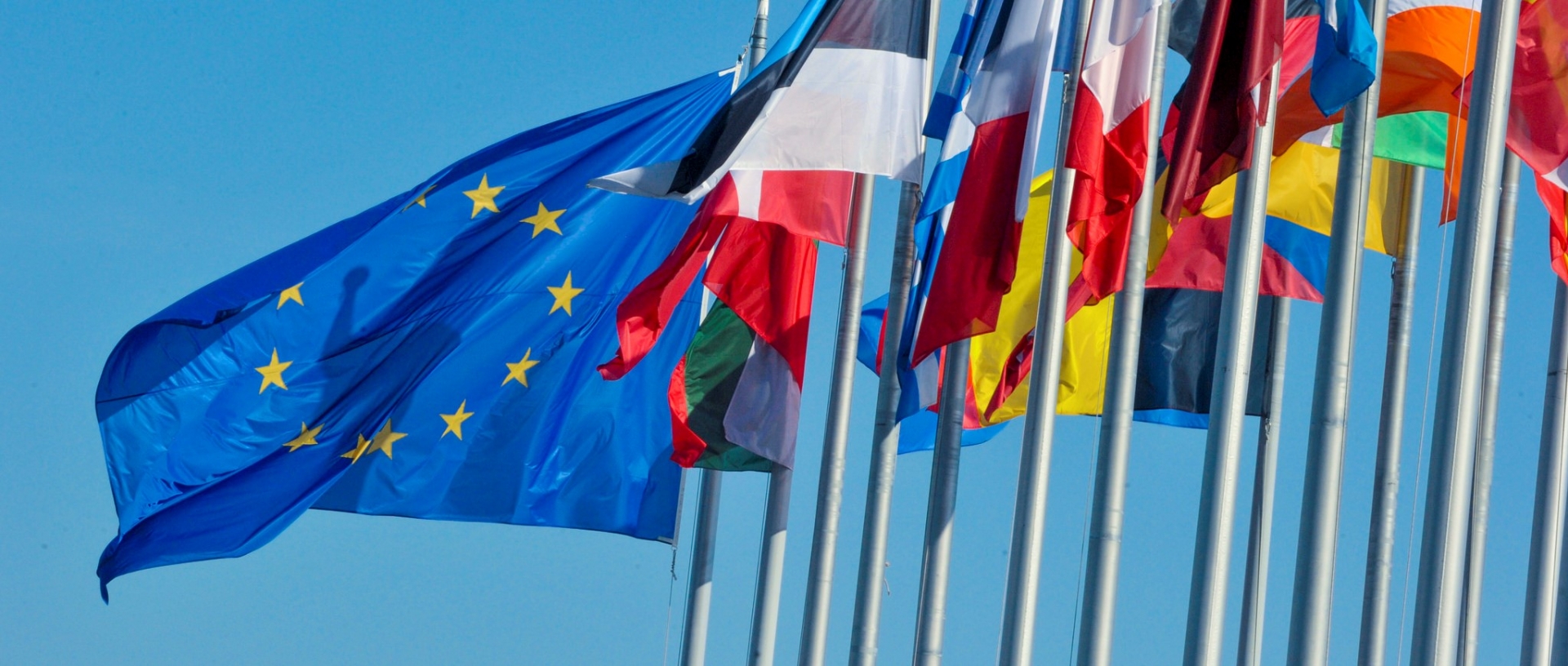 |
| Photo Lowy Institution |
the union's 27 constituent nations. Although its original purpose was to advance continental peace, it has gained significance over time.
Although they are subject to the judicial and legislative bodies of the EU, EU countries are free to choose how many aspects of their policies, including foreign policy, are implemented.
The member states' single internal market, known as the "single market," permits unrestricted movement of people, goods, services, and money. Citizens of the EU are completely free to study, work, live, and retire in any nation that is a member of the EU.
| There are currently 63 nations whose citizens are allowed entry into member states of the European Union, the Schengen Area, and the EFTA without a visa. Even though there is a cap of 90 days over the course of six months, many people have been breaking the rules and staying in Europe longer than allowed. With the implementation of the ETIAS, it will be impossible for undesirable individuals to enter and overstay in European nations. |
The 27 European countries that are part of the EU
Austria
Belgium
Bulgaria
Croatia
Cyprus
Czech Republic
Denmark
Estonia
Finland
France
Germany
Greece
Hungary
Ireland
Italy
Latvia
Lithuania
Luxembourg
Malta
Netherlands
Poland
Portugal
Romania
Slovakia
Slovenia
Spain
Sweden
What is the Schengen Area?
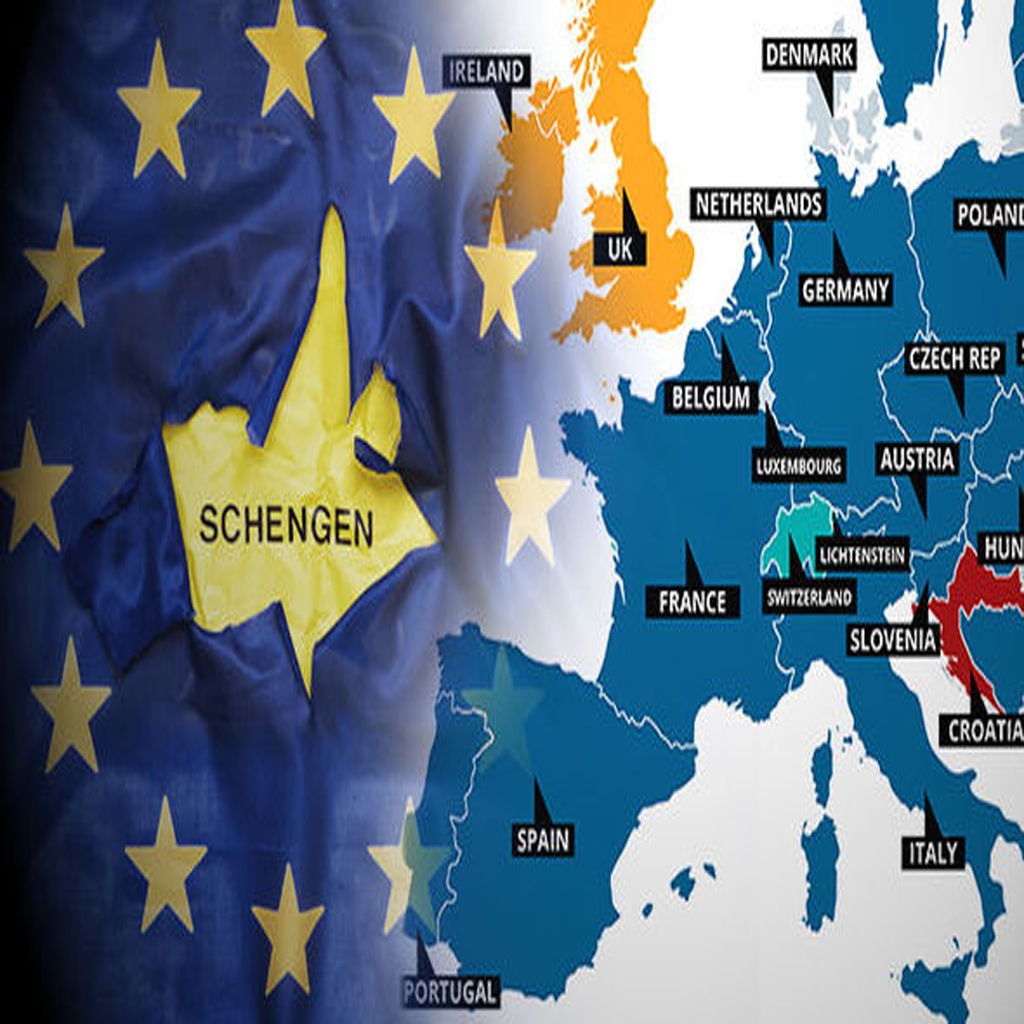 |
| Photo Best Travel Agency |
26 European nations that make up the Schengen Area have formally abolished passport requirements and other forms of border control at their shared borders. It effectively means that the Schengen Area functions as a single country for visitors to the EU, meaning that once you enter one Schengen country, you have entered all of them.
What's the Difference Between the EU and the Schengen Area?
Despite the fact that many nations are represented in both, they are, in essence, two distinct entities. The Schengen Area allows for free movement of people between the participating nations, whereas the EU is a political and economic union.
A political and economic union of 28 member states, the European Union (EU).The EU has created a single market with no internal tariffs and guarantees the unrestricted movement of all EU citizens among the 28 member states.
There are shared laws that cover a variety of topics, such as trade, agriculture, and regional development, even though each member state has its own government.
With the signing of the Treaties of Paris (1951) and Rome (1957), the original six members (Belgium, France, Italy, and Luxembourg) came together in the 1950s. They eventually earned the name "the European Community."
Over the ensuing decades, the group grew to include the other 22 members, and the name "European Union" was adopted.
Are the EU countries and the Schengen countries the same?
No, there are non-EU countries which are in the Schengen Area (Iceland, Liechtenstein, Norway, Switzerland, Monaco, San Marino, and the Vatican City).
There are also countries which are a part of the EU, which have opted out of the Schengen Agreement, these being the United Kingdom and Ireland (Éire).
Western Europe
- Austria
- Belgium
- France
- Germany
- Liechtenstein
- Luxembourg
- Monaco
- Netherlands
- Switzerland
Nine nations make up the Western European region. Over 268 million people live in the region as a whole. With a population of more than 83 million, Germany is the most populous country in Western Europe. In contrast, the tiny principality of Liechtenstein is home to just over 38,000 people. The political and economic union known as the European Union is centered on Western Europe.
The European Central Bank is located in Frankfurt, Germany, the European Commission is headquartered in Brussels, Belgium, and the European Parliament is headquartered in Strasbourg, France.
Eastern Europe
- Belarus
- Bulgaria
- Czechia
- Hungary
- Poland
- Republic of Moldova
- Romania
- Russian Federation
- Slovakia
- Ukraine
Ten nations make up Eastern Europe, which has a population of about 293 million people. Russia is the most populous nation in Eastern Europe, with 144 million people, making it the most populous nation in all of Europe. Moldova, with a population of just under 2.7 million, is the least populous nation in the area. Additionally, Moldova is the most impoverished nation in all of Europe.
When the United States and Soviet Union were at war, Eastern Europe made up the majority of the Warsaw Pact, an anti-NATO military alliance. However, many of the countries in the region are now members of both NATO and the European Union. As everything east of the Ural Mountains is regarded as belonging to Asia, Russia is also one of Europe's transcontinental nations.
Northern Europe
- Denmark
- Estonia
- Finland
- Iceland
- Ireland
- Latvia
- Lithuania
- Norway
- Sweden
- United Kingdom
The population of Northern Europe, which consists of 10 nations and has a total of about 34 million people, is the lowest on the continent. Finland, with a population of roughly 5.5 million, is the most populous nation in the region. Iceland is the least populated nation in Northern Europe, with only about 360,000 people living there.
Southern Europe
- Albania
- Andorra
- Bosnia and Herzegovina
- Croatia
- Greece
- Italy
- Malta
- Montenegro
- North Macedonia
- Portugal
- San Marino
- Serbia
- Slovenia
- Spain
- Vatican City
There are 15 nations in southern Europe. It has about 153 million people living in it. With a population of more than 60 million, Italy is the most populous nation in the area. The country with the fewest inhabitants in the area is Vatican City, which has fewer than a thousand inhabitants, making it the least populous nation not only in Southern Europe and all of Europe, but also in the entire world. Some of Europe's most recent armed conflicts, which occurred in the 1990s during the dissolution of the former Yugoslavia, took place in southern Europe.
Transcontinental Countries
- Russia
- Turkey
- Kazakhstan
- Azerbaijan
- Georgia
- Armenia
- Cyprus
Transcontinental nations, as previously mentioned, are those that have territory in both Europe and Asia. With the exception of Russia, all of the 44 countries that make up Europe are transcontinental, with the majority of their populations living in Asia.However, the majority of Russians reside in the continent of Europe, west of the Ural Mountains.
Turkey would be the most populous nation in Southern Europe if it were included, with a total population of over 83 million people, making it the second most populous nation in all of Europe. However, Anatolia, Turkey's Asian region, is home to the majority of the nation's inhabitants. Istanbul, the largest city on the continent with a population of more than 15 million, is located on the small portion of land in Europe that does belong to Turkey.
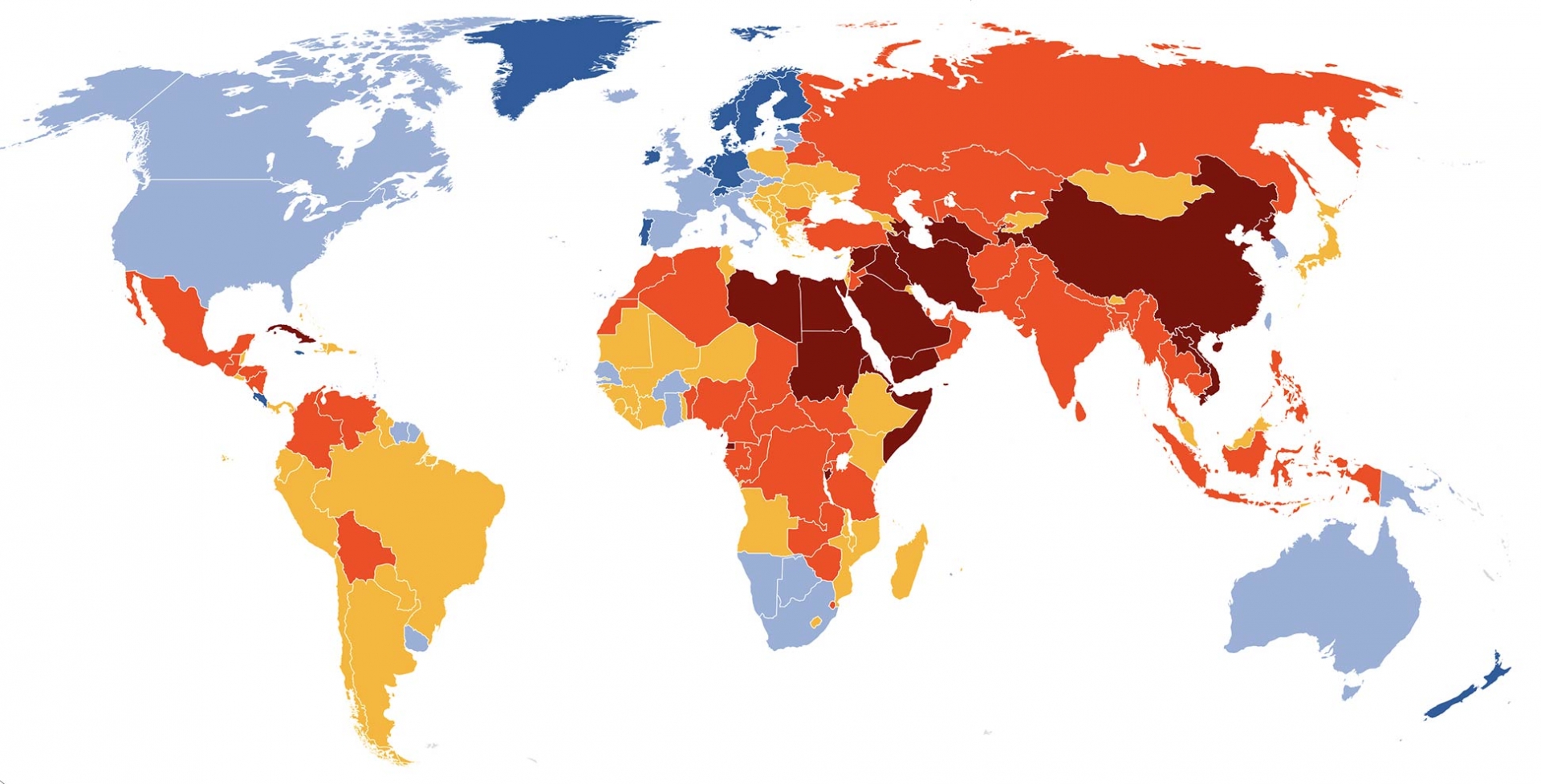 A Full List of Countries and Regions in the World (Updated) A Full List of Countries and Regions in the World (Updated) What is the official name of your country? Which region is it located in? Check out our article to know whether you’ve got the ... |
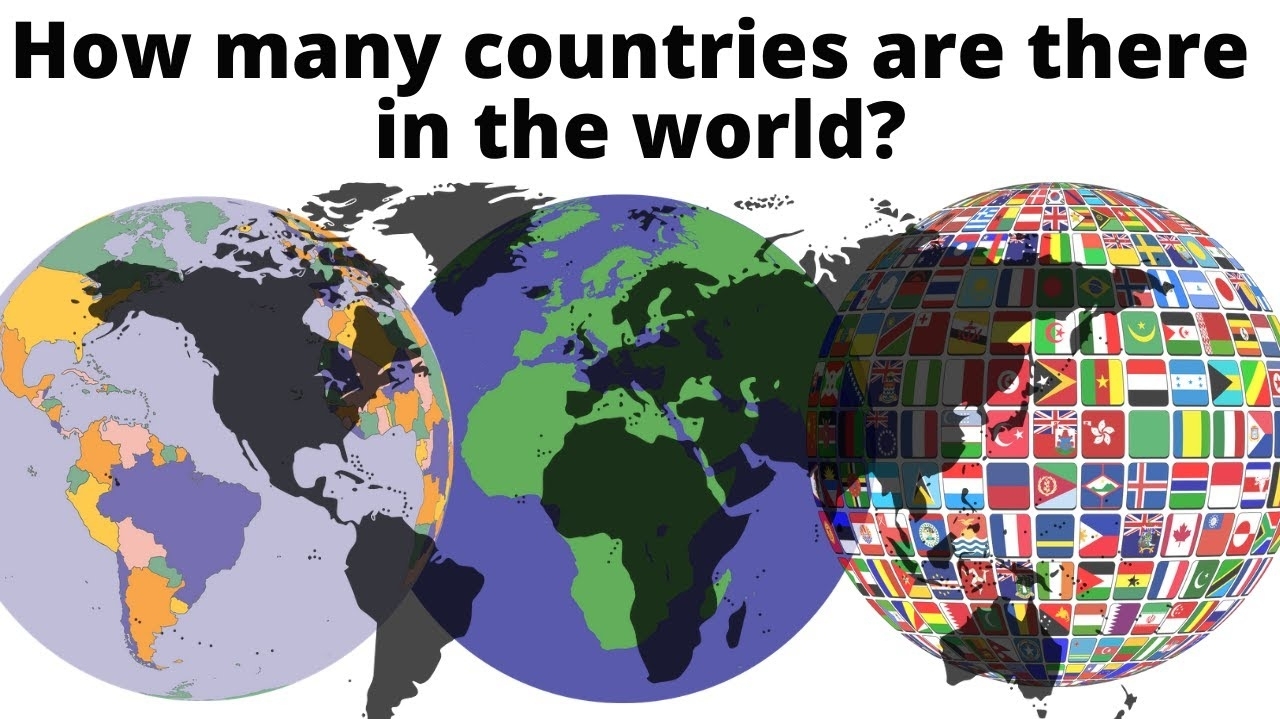 How Many Countries Are There In the World (Updated) and What is A Nation How Many Countries Are There In the World (Updated) and What is A Nation How many countries are there in the world? What is a Nation? It’s likely a simple question. But like so many things in geopolitics, ... |



























